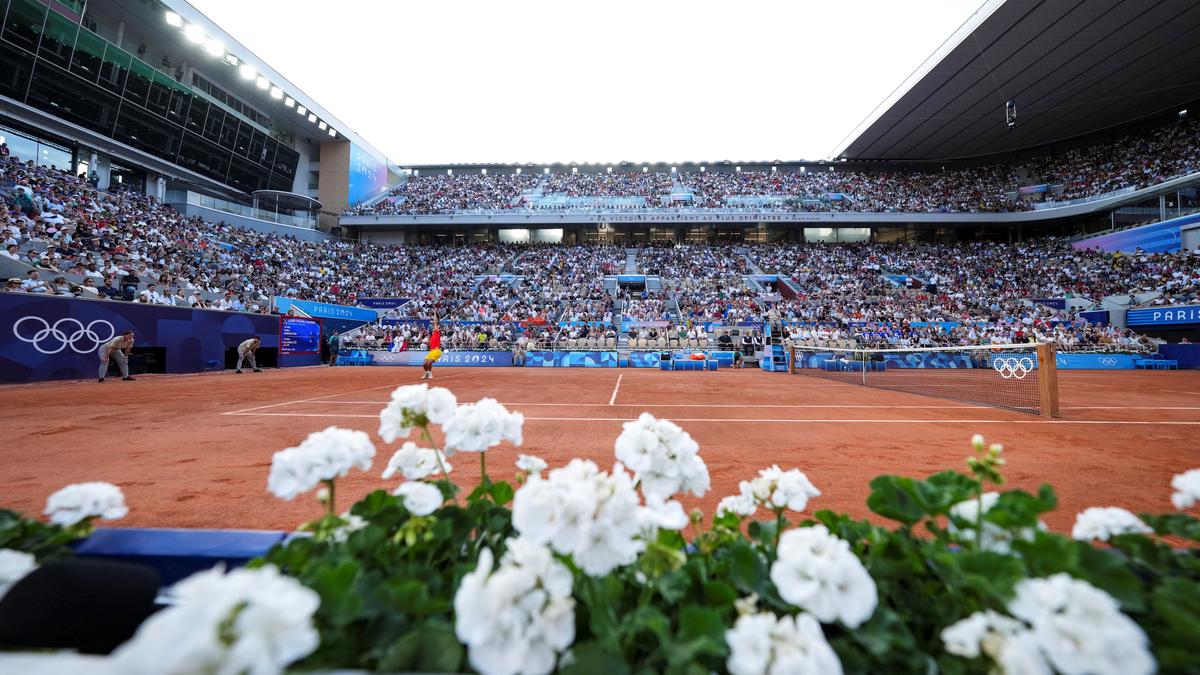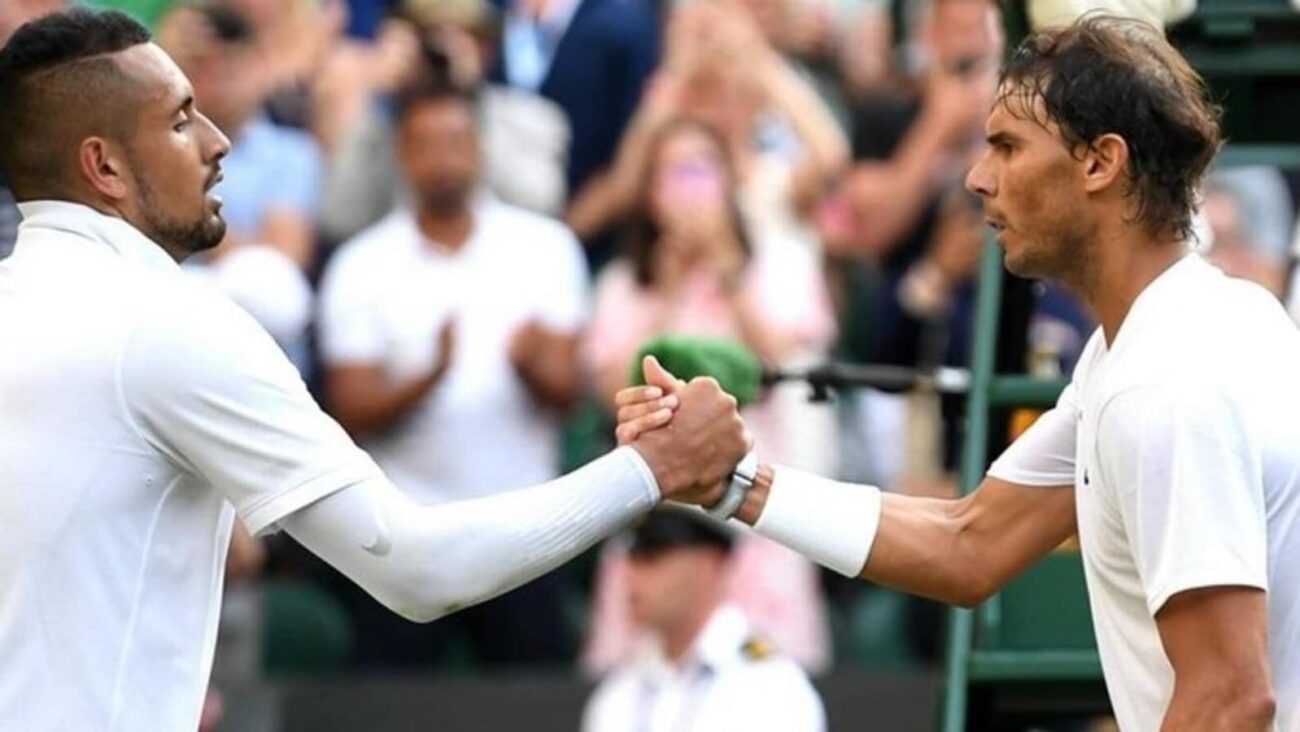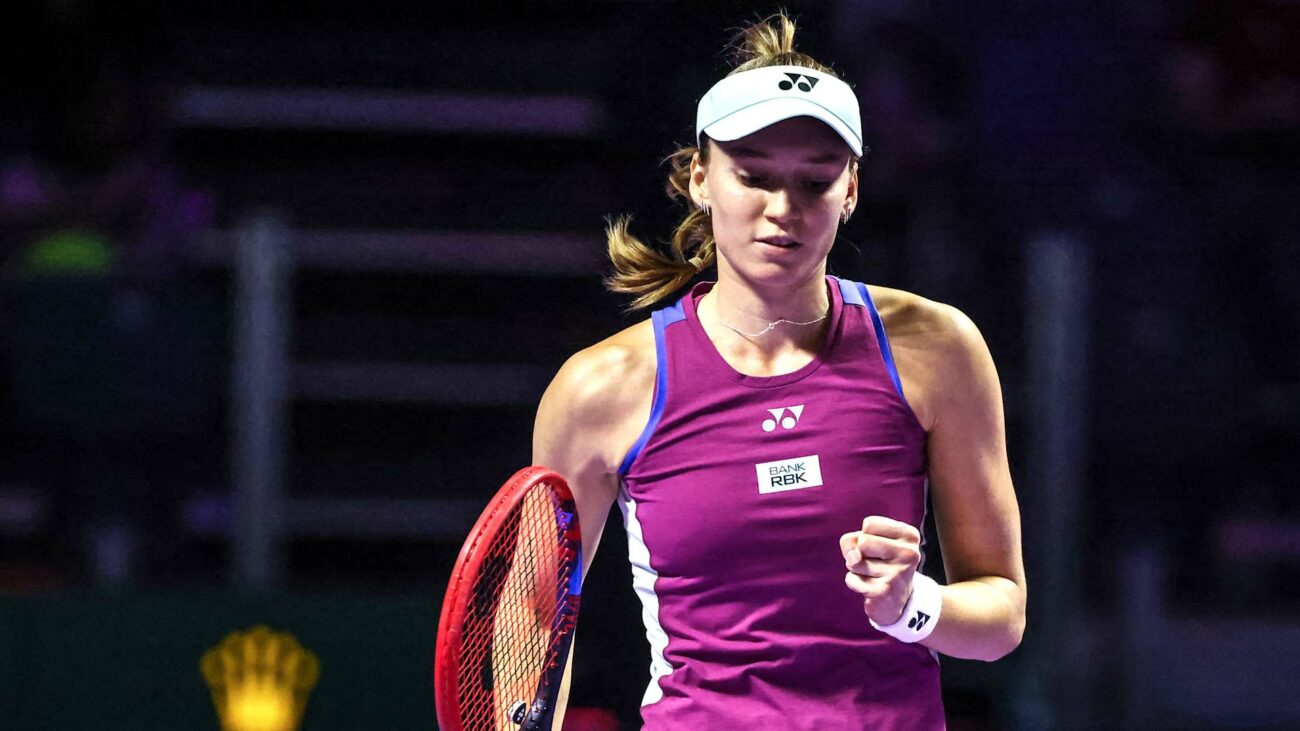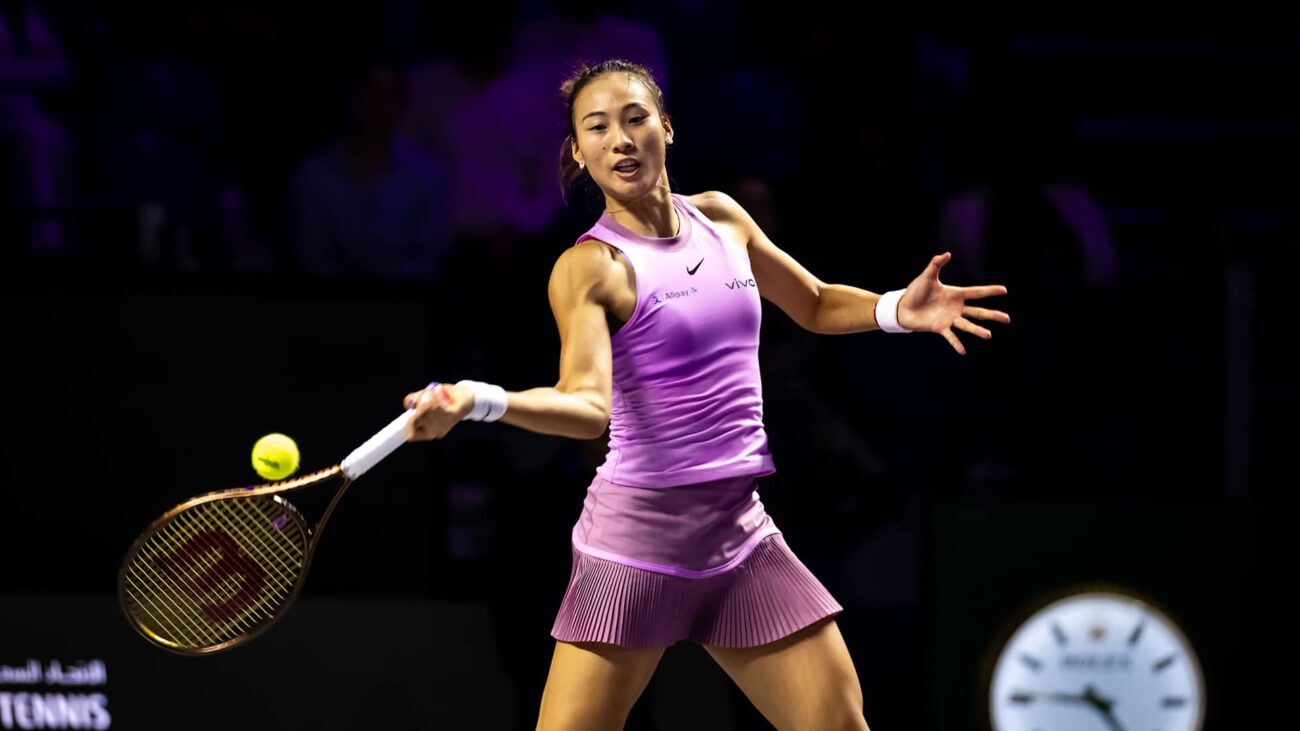Tennis has undergone a remarkable transformation in its relationship with the Olympic Games. Once seen as a mere sideshow, it has now become a prestigious event that attracts the sport’s biggest stars.
In the past, tennis was often overshadowed by other sports at the Olympics. The legendary Steffi Graf’s “Golden Slam” in 1988 was a rare exception. Pete Sampras, the dominant player of the 1990s, only competed in one Olympics, and that was when he had yet to win any of his 14 Grand Slam titles.
But in recent years, the Olympics have become a major priority for top tennis players. They now cherish the camaraderie and the opportunity to represent their countries.
“You can only play a match at the Olympics once every four years and it’s a different feeling when you’re wearing the outfit with the national colours,” said Angelique Kerber, a three-time Grand Slam champion.
This shift in attitude has been driven by several factors. First, the Olympics have become more inclusive, with a wider range of countries now fielding competitive tennis teams. This has given players from smaller nations a chance to shine on the world stage.
Second, the Olympics offer a unique opportunity for players to compete against the best in the world in a team environment. The Davis Cup and Billie Jean King Cup (formerly Fed Cup) are the only other major team competitions in tennis, but they are not as prestigious as the Olympics.
Third, the Olympics have become a more lucrative event. In 2016, the International Tennis Federation (ITF) introduced prize money for the first time. While the prize money is still relatively small compared to the Grand Slams, it is a significant incentive for players to compete.
The transformation in tennis’ relationship with the Olympics has been a positive development for the sport. It has made the Olympics more competitive and exciting, and it has given players from all over the world a chance to experience the thrill of competing for their countries.






